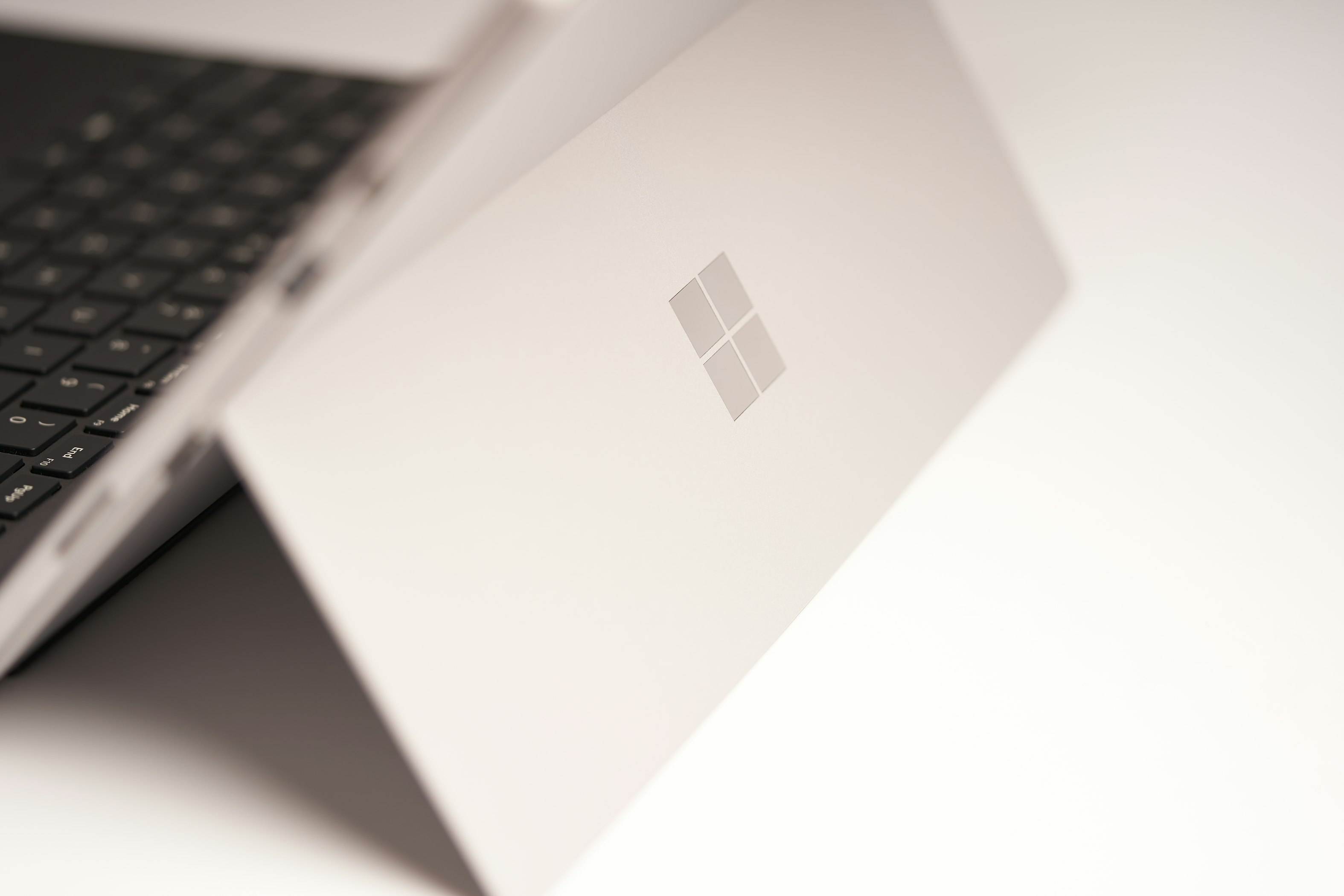5 Upcoming Technologies You Must Know About In The Artificial Intelligence Era
Total Experience, X Analytics, Arm Technology... Are you in the know of these emerging technologies? Believe us; technology is fast-advancing and these top trends are bound to impact our lives, careers, and more. In fact, you might’ve already encountered some of them without knowing it.
We've asked our Coding Lab Team to share their tech expertise on the hottest technology and here's what you need to keep an eye out for in the Artificial Intelligence era. Be in the know so you can stay ahead of the game!
Students in Singapore attending one of the Minecraft Cup sessions via videoconferencing
Yes, Minecraft is a Virtual World too! Here are our Best Coder winners creating their impressive Virtual World in the Microsoft National Minecraft Cup 2019 in Japan.
Trend 1: Virtual Worlds
What games do your children play? Well, apart from letting your child have fun, it turns out that it's also getting them acquainted with tech that’s brimming with potential - Virtual Worlds!
What is it?
Virtual Worlds are computer-simulated environments with sensory and spatial characteristics, where users may utilise avatars to explore the environment. You've definitely heard of games like Second Life, The Sims, Habbo and World of Warcraft. These virtual worlds allow users to design, explore and interact with others.
Why should we look out for it?
While this technology tends to be widely used in gaming, technology has heralded diverse advancements, including Virtual Reality and Augmented Reality, further extending its utility. (Virtual Reality immerses the user in a simulated environment, whereas Augmented Reality is an overlay of technology in the real world.) As discovered in recent years, and with the COVID-19 pandemic, Virtual Worlds now hold significant value in the education, medical and even the commercial spheres!
Education: It provides an interactive space for students to attempt tasks without financial and geographical constraints for greater student participation. This has proven to be especially useful during the pandemic!
Medical: It offers a mental and physical outlet for people to try out activities through their avatar. From confronting phobias to distracting patients during painful procedures, the list is only growing.
Commercial: It acts as a platform for collaboration for businesses, reducing costs from office rentals and electricity and allowing employees to interact easily with one another despite working from home.
Gif of our educator Lynn and her Young Computer Scientist student having fun with the Augmented Reality game they coded
Our 7 to 9-year-old Young Computer Scientists experiment with and code their own Augmented Reality games on Scratch!
That’s not all. "There's also Tactile and Haptic Virtual Reality, which uses several technologies including sensors, advanced optics and more, which has the capability of overlaying augmented digital content onto your real-time space," says our proficient educator, Keith, who majors in Data Science and Analytics at the National University of Singapore. “It adds the sensory element of touch, giving us a deeper understanding of the things which cannot be fully experienced by sight or hearing.”
Note: When we first wrote this, Facebook was not known as Meta yet. The Metaverse is yet another example of a virtual world – and indeed, with more advancements in technology, Virtual Worlds are in our near future.

The more structured the data, the easier it'll be to collect, process and analyse it. (Photo Credit: Unsplash)
Trend 2: X Analytics
When you picture data, you think of lots of it and Big Data – all of which can be analysed to identify trends for decisions and businesses. What about the small and varied data? That's where X Analytics comes in to make sense of it and answer complex questions.
What is it?
X Analytics is a new method to comb through structured and unstructured data – any data, regardless of the data’s location or format. A term coined by Gartner, the “X” represents a range of content, such as video analytics and audio analytics, highlighting its ability to analyse all different forms of data.
Screenshot of S111 Python 2 students smiling
Our Python 2 students love to learn about data processing and analytics - it's fun but enriching too!
Why should we look out for it?
While Big Data and Analytics have been trends for the past decade, X Analytics has the ability to analyse even more data sources, such as audio, social media reactions, human emotions, and generate deeper insights more efficiently. This enables us to tackle more complex issues, from predicting natural disasters to even things like how to prepare for the next pandemic and identifying unfamiliar hacker patterns!
Our techie educator, Yue Wei (in his final year of Industrial Systems Engineering and Management at the National University of Singapore), explains the significance of this advent: “Data analytics methodologies are constantly evolving. Having the skills to process, analyse and manipulate data is highly valued today, especially with how X Analytics came to be and rose to the fore so quickly."

Did you know that Microsoft has been using the x86 chip architecture for more than 30 years while Apple for 15 years already? (Photo Credit: Unsplash)
Trend 3: ARM Architecture
Smaller but more powerful. We bet you’ve read the news about Apple’s innovation - the M1 Chip. Or even about Microsoft’s SQ1 Processor. But do you know the technology behind them?
What is it?
ARM stands for Advanced RISC (reduced instruction set computer) Machines for computer processors. It's the next-generation chip architecture and likely to spur the evolution of Cloud Computing.
Why should we look out for it?
ARM is out to revolutionise data centres and the compute ecosystem, with predictions that most data centres will use ARM by 2030. It has been touted as the next disruptor to Intel (which has traditionally dominated the semiconductor market by relying on its x86 chip architecture). For us, the transition to ARM means lower costs, reduced power requirements and a common platform for applications to run on smartphones, tablets and PCs.
"I studied the intricacies of the ARM processor and noticed how versatile it can be," says Hovan, our Computer Engineering educator. "Coupled with a smaller set of instructions, easier programming for developers, energy efficiency and low costs, it's no surprise the ARM processor is increasingly gaining traction these days."
As we speak, big tech companies, including Apple, are shifting their Operating System from x86 processors to ARM-based central processing units. For cloud services, the largest cloud computing firm, Amazon Web Services, is already migrating to ARM. It seems that encounters with ARM-based technology will be happening more frequently.

Have you ever felt loyalty towards a brand? That may have partly been the result of the brand's TX design. (Photo Credit: Unsplash)
Trend 4: Total Experience Design
You might not have heard of Total Experience (TX), but we’re pretty sure that you’ve come across it. When you browse through Shopee or Lazada or any online shopping platform and place an order, your experience doesn't just stop there – you'll receive regular updates about your order's status, receive targeted recommendations in your search bar, and more! That's where you've experienced TX.
What is it?
TX is a strategy that encompasses multiexperience (MX), customer experience (CX), employee experience (EX) and user experience (UX), which all work together to transform businesses for employees and customers.
Why should we look out for it?
Although this technology is not exactly tangible, it has gained traction in recent months for its potential to improve experiences across multiple disciplines efficiently and cut costs.
We consulted our educator Evan, who majored in Business Information Systems. "The pandemic has accelerated the shift towards digital operations for many businesses," he said. "Companies are now placing more emphasis on TX to expand their markets and potentially attract more customers by providing a better user experience."
Indeed, amidst the COVID-19 pandemic, the prevalence of lockdowns and remote work has caused both internal and consumer-facing operations in tech bigwigs like Amazon to permanently adopt more virtual, distributed and remote structures. However, this shift in operations prevails a pressure on companies to seamlessly satisfy both customer and employee needs and expectations. In this new environment, TX has been seen as the solution to amp up user, employee and customer experience.

Childhood cancers are often difficult to spot in children due to them having similar symptoms to common ailments. (Photo Credit: Unsplash)
Trend 5: Long-Read Sequencing
Long-read sequencing (LRS) is a next-generation DNA sequencing technology. It's highly relevant to our health and the leading player in the genomic revolution.
What is it?
LRS is the process of reading part or all of an organism’s DNA to improve the diagnosis and care for common and rare diseases.
Why should we look out for it?
LRS offers higher accuracy and greater detection of DNA variants than Short-Read Sequencing (SRS) systems. LRS is currently more expensive than SRS, but it is predicted that LRS will become more affordable by 2025. This means great things for everyone! No one wants their loved ones to be afflicted with cancers and diseases. With LRS, we can now detect genetic cancers and rare hereditary diseases earlier and easier, presenting more options for treatment.
We hope that you’ve found our quick brief on these top 5 tech trends helpful to your understanding of our future in the Artificial Intelligence Era and beyond.
We want the best for your child as much as you do. Prepare your child for the future of tech and take the first step to sign them up for coding classes with us here!
Want tips on how to prep your little one for technology and learning? Read Next: Navigating the New Blended Learning Landscape
(Written by Amanda Soh and Edited by Cheryl Tang)



